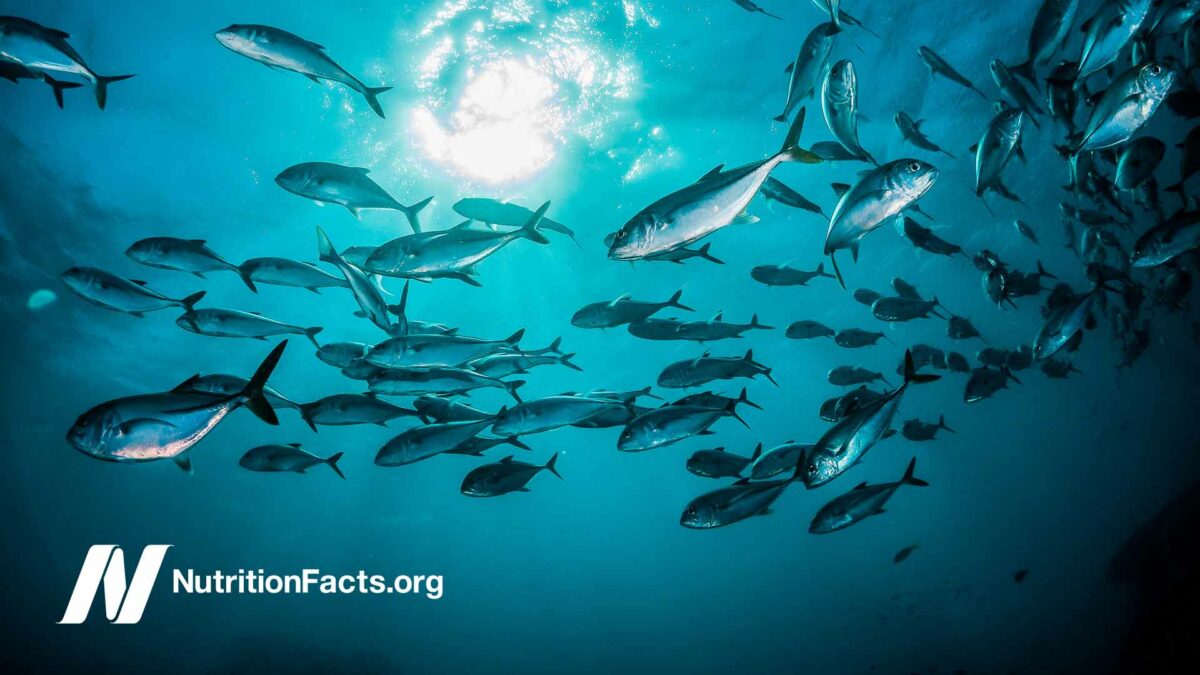
Engineered Gut Probiotic Holds Potential for Protection Against Mercury Contamination from Seafood
In a revolutionary development that may alter the approach to safeguarding against mercury contamination from seafood, scientists from UCLA and UC San Diego have created a probiotic gut bacterium that neutralizes methylmercury—the most harmful variant of mercury—prior to its entry into the human bloodstream. The results, recently released in the journal Cell Host & Microbe, highlight an encouraging advancement toward safer fish consumption, particularly for at-risk groups such as expectant mothers and developing children.
The primary innovation centers on a modified variety of Bacteroides thetaiotaomicron, a prevalent and thoroughly studied bacterium already found in the human gut. By integrating two genes from mercury-resistant soil microbes discovered in contaminated mining sites, researchers have endowed this bacterium with the capacity to neutralize methylmercury at its origin—within the digestive system.
An Underlying Danger in Seafood
Methylmercury is a neurotoxin that builds up in aquatic environments and becomes highly concentrated in apex predators like bluefin tuna and swordfish. With fish serving as a vital dietary element for billions globally, especially in coastal regions, the presence of mercury poses a significant public health threat. Despite regulatory measures such as the Minamata Convention on Mercury, initiated in 2013 to reduce emissions, mercury continues to permeate the food chain.
Expectant mothers are among the most impacted, as methylmercury can cross the placenta and disrupt fetal brain development. In utero exposure has been associated with cognitive delays, impairments in motor skills, and lasting neurological issues.
A Microbial Barrier Against Mercury
To tackle this issue, the research team led by UCLA microbiologist and associate professor Elaine Hsiao at the UCLA Goodman-Luskin Microbiome Center incorporated two functional genes into B. thetaiotaomicron. These genes enable the bacteria to express specific enzymes that convert methylmercury into less harmful inorganic mercury compounds, which are less efficiently absorbed by human intestines and more readily excreted.
In controlled laboratory experiments, the engineered microbe demonstrated remarkable efficacy. Not only did it detoxify methylmercury in fish tissue samples, but when administered to mice consuming mercury-contaminated bluefin tuna, it significantly reduced mercury levels throughout the gastrointestinal tract within three hours. Additionally, in pregnant mice that were colonized with the probiotic, both maternal and fetal tissues exhibited markedly lower mercury accumulation.
“The gut bacteria facilitated the removal of methylmercury from the body before it could enter the maternal bloodstream and impact the developing offspring,” described study lead author Kristie Yu, a research scientist at UCLA.
Real Biological Advantages
The approach revealed more than just chemical effectiveness. Brain tissue examination from fetal mice whose mothers received the engineered bacteria indicated a distinct biological advantage: fewer genetic abnormalities typically linked to mercury toxicity, such as irregularities in genes associated with cellular stress and growth control.
This microbial solution provides a significant edge over conventional treatments like chelation therapy, which utilizes agents that indiscriminately bind to heavy metals—also eliminating essential minerals like zinc and copper. Conversely, the engineered bacteria are specific to methylmercury and do not disrupt the body’s essential nutrient levels.
Promising Safety and Wider Use
What makes this method especially promising is the utilization of B. thetaiotaomicron, a microbe already tested in clinical environments as a probiotic. A recent human trial confirmed its safety, setting the groundwork for potential consumer applications pending further research.
Additional tests revealed that the bacteria were effective across various fish types, including salmon, which contains lower mercury levels than tuna. “When we repeated experiments with salmon… the bacterium was equally effective,” remarked team member Franciscus Chandra.
A Path Forward for Seafood Safety
As the research moves closer to human clinical trials, scientists are hopeful about practical applications. The probiotic could be developed into a supplement or incorporated into functional foods to safeguard those who depend heavily on seafood for protein and nutrients.
“For numerous communities, fish is a significant and culturally vital part of the diet,” stated co-senior author Amina Schartup, an associate professor of marine biogeochemistry at Scripps Institution of Oceanography. “We aspire that this technology enables communities to continue enjoying seafood while mitigating health risks.”
Backed by organizations like the National Institute of Environmental Health Sciences, the National Science Foundation, and the Simons Foundation, this research paves the way for a new era in preventative health.
Implications for Global Public Health
With billions depending on fish as a key protein source, and with certain areas facing elevated mercury exposure risks, this breakthrough could transform public health initiatives. The engineered microbe could provide an affordable, accessible method for protecting neurological health—especially for pregnant women and young children—without necessitating drastic changes in lifestyle or diet.
While additional human testing is crucial to verify efficacy and optimize dosage, the engineered bacterium signifies a powerful convergence of microbiome science and environmental medicine—revolutionizing a public health challenge.